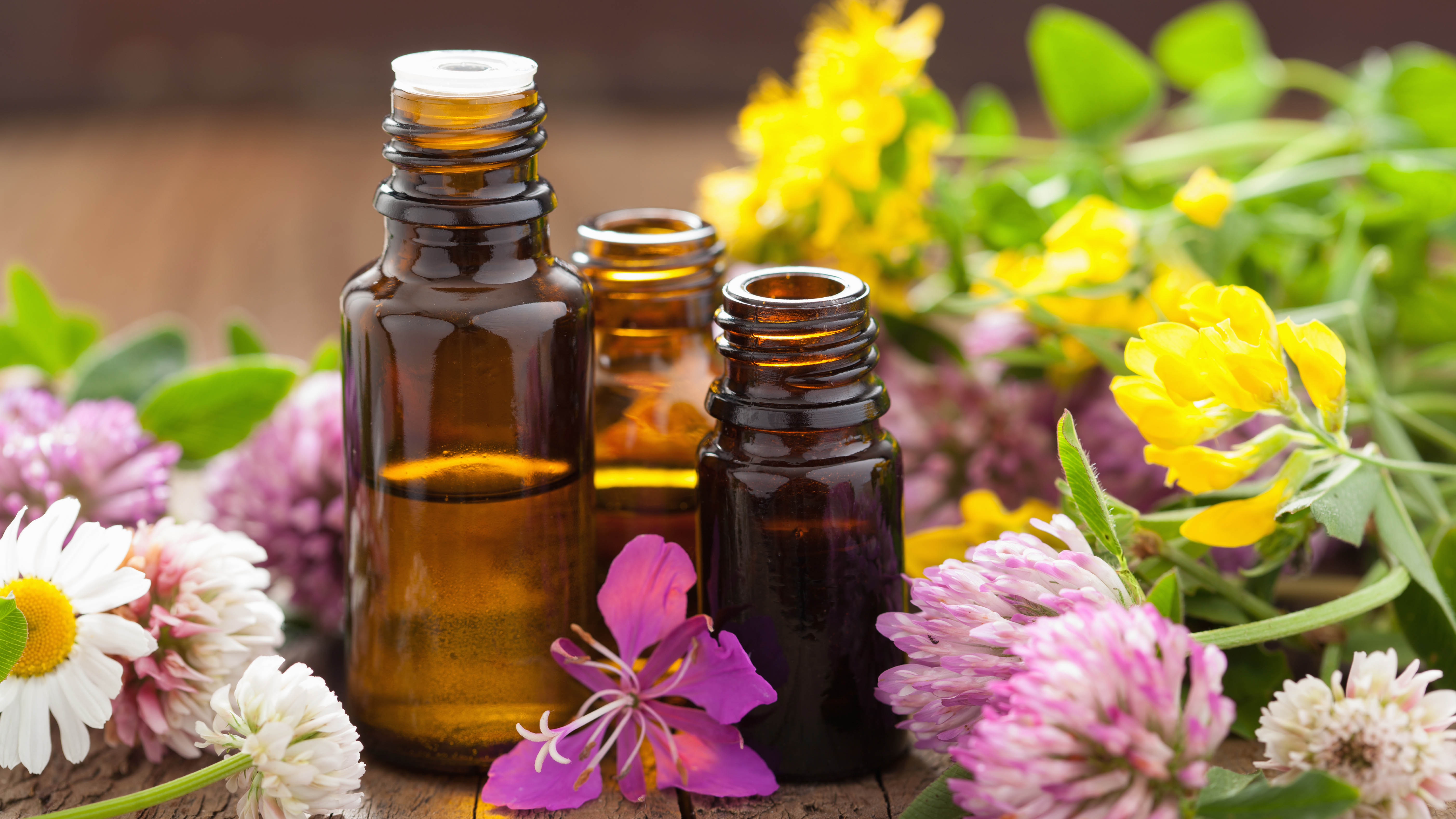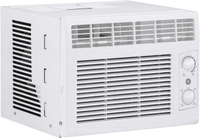7 simple ways to improve air quality in your home without a purifier
Here’s how to improve the air quality in your home without a purifier

We're all concerned about the air pollution outdoors, but what about the air we breathe inside our homes? Indoor air pollution can be a serious health hazard — causing all sorts of airborne allergies or respiratory illness.
Be it seasonal allergies, dust, bacteria or even issues with mold, these are all affected by the overall quality of air inside the house. And if you haven’t yet invested in one of the best air purifiers, or looking for a more affordable alternative, you’ll be glad to know there are other ways to improve air quality in your home — without expensive filters.
These quick and easy tips range from the obvious tasks of cleaning every room to reduce dust in your home, to sourcing air purifying candles and natural cleaners. What’s more, if you’re having trouble sleeping, clean air may be the answer to all your bedtime routine.
So if you’re after some alternative ways to get cleaner air, try one of these clever ways to improve air quality in your home without a purifier.
1. Open your windows

One of the most simple (and free!) ways of improving the quality of your air indoors is to open windows to allow ventilation around the home. But considering the fluctuating temperatures outside, we don’t do this often enough —which can also create acrid air.
What’s more, this natural airflow reduces risks from bacteria and viruses accumulating indoors, including the coronavirus. Before opening your windows though, it’s advisable to check the air pollution levels first. The last thing you need is to bring in more dirty air into the home.
In any case, experts suggest that leaving your windows open for up to 15 minutes each day is enough to improve air quality, without letting out much heat.
Sign up to get the BEST of Tom's Guide direct to your inbox.
Get instant access to breaking news, the hottest reviews, great deals and helpful tips.
2. Purify your air with houseplants

Plants are a great way to bring the outdoors in, and decorating with houseplants can brighten a space and add a touch of nature. Not only can certain plants ease stress and boost your mood, but can help to purify and improve air quality.
Houseplants will naturally absorb carbon dioxide from the air through their leaves and roots. During photosynthesis, the plant will convert light, carbon dioxide and water into carbohydrates, which the plant needs to live. As a result, oxygen is generated and released into our air.
In a 1989 NASA study, it found that plants absorb volatile organic compounds (VOCs) from the air using their leaves and roots. VOCs such as benzene, toluene and formaldehyde, to name a few, can be absorbed. Popular plants such as aloe vera, snake plants, peace lily, and red-edged dracaena can help to improve the air quality in your home.
What’s more, some houseplants can prevent mold in your home and bring moisture levels down in the air. “Mold in the home is caused by excess humidity. Warm rooms, like bathrooms and kitchens are at particular risk,” says Chris Bonnett from GardeningExpress.co.uk. “Using plants to help keep mold at bay is a practical and natural way to control humidity and moisture in your home. You will notice an improvement – and you’ll have beautiful plants to enjoy too.”
3. Weekly dusting and cleaning floors

This might be stating the obvious, but how often do you actually wipe down your surfaces and clean your floors? Plus, if you’re prone to indoor allergies, you’ll need to know how to get rid of dust mites quickly in the home.
Experts advise ditching the traditional feather duster for a damp, microfiber cloth. Dry cloths or dusters will only stir up particles, throwing back the allergens into the air. Whereas, a damp cloth will contain it, without spreading the dust around. Rinse your cloth in clean, warm water throughout the process, and ensure you do this for tackling furniture, bookshelves, windowsills and other items that quickly collect dust.
The same applies to cleaning your floors with one of the best vacuum cleaners, before mopping it on a weekly basis. “If you or others in your household suffer from allergies or breathing difficulties, then keeping your floors clean is an integral task, as vacuuming reduces dust on the floor and limits it from migrating into the air, making your home healthier and safer,” suggests David Chapman, founder of Ultimate Mats.
Also, don’t neglect these 7 places that dust mites are breeding in your home, that can also affect air quality.
4. Ditch air fresheners for essential oils

Many of us turn to air fresheners such as sprays, scented candles or incense sticks to banish nasty odors and make the home smell more pleasant. However, the majority contain chemicals known as volatile organic compounds (VOCs), such as formaldehyde, acetaldehyde, benzene, toluene, ethyl benzene, and xylenes that pollute the air.
Not only do these contribute to poor indoor air quality, but can cause allergic symptoms or respiratory illness. Instead, opt for essential oils which are made from natural, plant extracts. Simply add a few drops of your favorite oil to an aromatherapy diffuser and this will make your home smell fresh.
While these won’t emit any harmful chemicals/gases, there are some essential oils that are toxic to pets, so always check first before use.
Better still, you can make your own DIY air fresheners with these 7 natural hacks to make your home smell good without chemicals. Or you could even try these 7 indoor plants that will make your house smell nicer.
5. Use air purifying candles

If you want to create a cozy home, the warm glow of candles can often do the trick. But if you don’t want harmful chemicals in the home, opt for air purifying candles instead.
Beeswax, soy or coconut oil candles are natural components, and also known for their air purifying properties. Beeswax in particular is believed to release negative ions as they burn, that binds to positively charged airborne particles such as dust and pollen. As a result, this will help to neutralize pollutants, and improve air quality.
These candles are available in most home stores or online like these Natural Yellow Beeswax Tealight Candles ($10, Amazon), that each burn for up to four hours.
6. Don’t forget to clean your A/C unit filters

Most households have one of the best smart air conditioners, but we tend to forget to change the unit’s filters. Typically, dirty filters have a build-up of dust or germs that can affect the overall quality of the air in your home.
“If your air conditioning filter is dirty, then this directly impacts the air quality of your home,” agrees Chapman. “Over time, air conditioning units can accumulate dust, bacteria and other nasty pathogens that can be damaging to both your short and long-term health.
That’s why it’s important to regularly change the filter in your air conditioning system - to improve the overall quality of air that you are breathing in on a daily basis, which in turn can help prevent illness.”
Also, if you’re looking to buy an A/C or upgrade your existing model, check out the 3 things you should look for when buying an air conditioner.
GE Window Air Conditioner: $189 @ Amazon
If you're after a compact yet powerful window air conditioner, this is a great option. With a 5000 BTU, this is sufficient for cooling smaller areas like bedrooms, studio apartments, guest rooms, and even home offices. It comes with two cooling settings, and two fans and has a quiet operation, which is always handy.
7. Remove footwear when entering the home

If you ever wonder where the bulk of the dust inside our homes is coming from, it’s actually from our footwear. According to experts, 80% of dust is brought inside from under people’s shoes. This in turn affects the overall air quality in the home from the constant traffic around the house.
It’s recommended to take off your shoes when entering the home, leaving them beside the front door. Also, it’s wise to encourage guests to remove their outdoor shoes before entering your living space.
To keep all your footwear tidy, you can try one of these 9 space-saving ideas to organize shoes in your entryway for a decluttered space.
More from Tom's Guide

As the Homes Content Editor, Cynthia Lawrence covers all things homes, interior decorating, and garden-related. She has a wealth of editorial experience testing the latest, ‘must-have’ home appliances, writing buying guides and the handy ‘how to’ features.
Her work has been published in various titles including, T3, Top Ten Reviews, Ideal Home, Real Homes, Livingetc. and House Beautiful, amongst many.
With a rather unhealthy obsession for all things homes and interiors, she also has an interior design blog for style inspiration and savvy storage solutions (get rid of that clutter!). When she’s not testing cool products, she’ll be searching online for more decor ideas to spruce up her family home or looking for a great bargain!

